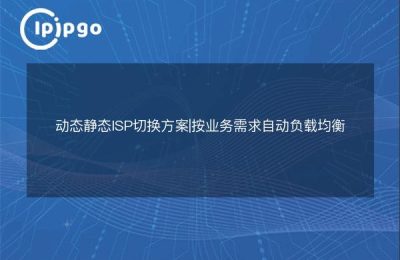
In the age of the Internet, data is a gold mine, and HTTP crawlers are the tools to mine that data. However, with the continuous upgrading of anti-crawler technology on websites, the work of crawlers becomes more and more difficult. In order to improve the efficiency of crawlers, the use of dynamic proxy IP becomes an effective solution. In this article, we will discuss in detail how to optimize the performance of HTTP crawlers using dynamic proxy IPs.
What is an HTTP crawler?
An HTTP crawler, as the name suggests, is an automated program that accesses web pages via the HTTP protocol. It is like a diligent little bee collecting information in the garden of the web. Crawlers are used in a wide range of applications, from index building for search engines to data collection for market research, almost everywhere.
However, with the widespread use of crawlers, many websites are beginning to take steps to protect their data. These measures include limiting the frequency of visits, blocking IP addresses, etc. It's like putting an iron fence around your garden to keep the little bees out.
Role of Dynamic Proxy IP
Dynamic Proxy IP was created to solve this problem. Simply put, it is a middleman that helps the crawler to disguise itself as different "visitors" to the target website. By constantly changing IP addresses, the crawler can easily bypass the site's access restrictions.
Imagine a dynamic proxy IP that acts like a magician, enabling a crawler to constantly change its mask so that it can move freely through the web world. This makes it very difficult for websites to recognize that these access requests are coming from the same crawler.
How to choose the right dynamic proxy IP
Choosing the right dynamic proxy IP service provider is the key to success. First of all, the size of the service provider's IP pool should be large enough so that the diversity and availability of IP addresses can be guaranteed. Second, the stability and speed of the IP is also very important, after all, no one wants their crawler to drop the chain at the critical moment.
In addition, the service provider's after-sales service should not be ignored. A good service provider is not only able to provide technical support, but also able to solve the problems encountered in the process of use in a timely manner. It is like a reliable partner who can always lend a hand when you need help.
Tips for using Dynamic Proxy IP
When using dynamic proxy IPs, there are some tips that can help you better optimize the performance of your crawler. First of all, set the request interval reasonably and avoid switching IPs too frequently, which can effectively reduce the risk of being banned.
Second, a combination of using HTTP header masquerading techniques, such as modifying parameters like User-Agent, makes the crawler's request look more authentic. This is like putting a protective color on the crawler to make it more invisible.
Finally, regularly monitor and analyze the running status of the crawler and adjust the strategy in time. This ensures that the crawler is always running at its best, like a well-tuned sports car that always stays ahead of the game on the track.
The Future of Dynamic Proxy IP
As the Internet grows, the application scenarios for dynamic proxy IP will become more and more widespread. Not only crawlers, but also many applications that require increased privacy protection and access speed will benefit from this.
In the future, as technology continues to advance, the performance and security of Dynamic Proxy IP will be further enhanced. It is like a bridge that is constantly reinforced to help us navigate safely in the ocean of information.
In conclusion, dynamic proxy IP provides an efficient and flexible solution for HTTP crawlers. Through reasonable use and optimization, it will help us go farther on the road of data collection.








